 Pioneer XDJ-XZ
Pioneer XDJ-XZ
Phil Morse
THE LOWDOWN
The Pioneer DJ XDJ-XZ is a full-sized, pro-focused all-in-one DJ system, that definitely looks the part. It has a plethora of inputs and outputs, and many features to please performing DJs including multiple inputs and outputs and great mic channels. The fact that it will work with Serato and Rekordbox on a laptop is great, and it is priced competitively for a high-end unit – but it is somewhat let down by only offering two channel standalone use with USB, which will be a dealbreaker for some.
VIDEO REVIEW
FIRST IMPRESSIONS / SETTING UP
Let’s cut to the chase: This thing is HUGE. It feels like the old days of carting a coffin case with two Technics and a mixer inside it. Imagine glueing together two CDJ-2000s and a DJM-900 mixer, then making it even deeper: That’s the XDJ-XZ. Some will love this; others will not be able to deal with the size and 13kg weight.
The main impression the unit gives is of a club set-up: it’s only when you notice the two sets of eight performance pads under the full-sized jogwheels, and realise the “CDJs” don’t have their own screen, that you guess it is something new (there are no CD slots, either).

The single, central, 7″ touchscreen – the same one you’ll find on the previous standalone systems such as the XDJ-RX and XDJ-RX2, somehow seems a little dwarfed in these new, supersized surroundings, and indeed will probably prove to be the biggest bugbear for users – not least because it indicates a lack of technological development from earlier units as regards to the power and available channels of the standalone side of this controller.
That means it is still two channels, and has nowhere near the power of units such as Denon DJ’s Prime 4, to which it will inevitably be compared.
Overall, though, it feels like a serious piece of kit – it certainly looks the part, which especially for mobile DJs, is often half the battle.
Using it with a USB containing a Rekordbox library is simple (just plug in and load to decks), and equally, using with Rekordbox on a laptop is plug and play once you’ve got Rekordbox installed (there’s a serial in the box for the full version). Serato is coming in 2020, which will be welcomed by many, to say the least.
IN USE
Decks
The decks feel almost exactly like using high-end Pioneer DJ CDJs. The jogwheels are exactly the same size and build, and pretty much all controls are laid out where you’ll find them on pro gear. It’s a theme that runs throughout this device: It just feels like using “pro” gear.
For many DJs, this is going to be a huge like – and for Serato laptop DJs, it’ll be pretty exciting, as it’s a step up from even the DDJ-1000SRT for bringing that Pioneer “feel” to Serato.

You get jog tension adjusters so you can set the spinback “looseness” to how you like it; there is a vinyl speed adjust knob to set how quickly the music stops when you hit play/pause; and loops, track search, search, slip and tempo/pitch controls all work exactly as you’d expect. The central displays, while not as well featured as on Nexus 2 gear, can show artwork, cues, rotation, vinyl mode, and various other settings.
Performance pads
Looking slightly out of place and no doubt an annoyance for DJs who haven’t taken to the idea (such DJs are out there, especially among Pioneer club gear users…), the performance pads take up residence at the bottom of the decks.
They’re RGB, and provide hot cue, beat loop, slip loop and beat jump – no advanced features like slicer or sampler here, though. They’ll be most used as hot cues, not least becuase the usual hard hot cue buttons as featured on CDJs aren’t featured in this layout.
Note that when you’re using Rekordbox on a laptop as opposed to DJing from USB, the functions slightly change on the pads, with slip loop being replaced by pad FX.
Mixer & FX
It’s a fully featured, club-style mixer – pure and simple. Four channels, six Sound Color FX, 14 Beat FX, an X-pad for creative Beat FX manipulation, three-band FX frequency selection (for deciding which parts of the frequency range the effects work on) – in short, it boasts a pile of high-end features, and a look and feel that will be comfortingly familiar to any Pioneer DJ.
That said there are omissions, a few of which are head scratchers. I couldn’t see any obvious way to replace the crossfader. And there are no hardware settings for mono split, crossfader curve or line fader curve – although thankfully, the latter are available via the Utility menu.
There are input selectors for channels three and four, allowing you to switch them to laptop, or to line or phono. There’s also an Aux channel, although no handy 1/8″ jack socket anywhere on the unit for quickly plugging in a phone – access to Aux is via RCAs around the back.
The screen and screen controls

It’s a 7″ touchscreen, with the same plastic surface found on previous units. Yes it’s proven, no it isn’t cutting edge – anyone used to using a smartphone or tablet (read: all of us) will recognise the long-in-the-tooth technology here.
For instance, while you can use it for various touchscreen features (needle earch being one of the most useful). there is no multi-gesture use, so pinching and zooming on waveforms isn’t possible; instead, it’s done by turning the rotary encoder on the right.
And while it is colour, the refresh rate means it is jerky (again, when compared to phones and tablets), and the low resolution adds to that “old gen” feel.
Now – all that said, it is all perfectly functional. This technology does work, and works well, as demonstrated in the series of XDJ standalone units that preceded the XDJ-XZ. In use, you’ll not feel consrained by it, and for feedback and control of the two decks available under standalone use, it’s adequate.
The screens give you smaller, full waveforms for each deck as well as the “big” ones, that show cue point info, and they also contain time elapsed and other status info. Basic info as to the settings of the Beat FX is shown here too. (See video for full talkthrough, including the Utility menus options.) Note there is no vertical waveform option.
This area is where you’ll find the source selectors for both USBs (there are twin USBs, so two DJs can play together, or you can use the second one for recording your set), and also where you can search and browse – again, it’s tried-and-tested Pioneer DJ technology here, with no surprises for Rekordbox USB users.
The on-screen Qwerty keyboard for searching is a little small and so is fiddly, but it works, and Pioneer DJ’s powerful Filter options for track search are all here. There’s a handy Shortcut key for access to some frequently used functions, too.
Mic channels
A strong point: Two full mic channels, with talkover, three-band EQ, hardware-controlled feedback reducer with two “strength” settings (“light” and “heavy”).
There is no separate mic FX for a bit of reverb for your MC, although it is possible to route the mic through the Beat FX to achieve the same, but overall, the mic channels are likley to be a hit, especially with mobile DJs for whom the unit is clearly a target.
Inputs and outputs
On the front are 1/4″ and 1/8″ heaphone output jacks. Top right on the unit are the main two USBs (moved from one on the left, one on the right on previous XDJ systems).

Meanwhile, around the back are three Link Ethernet-style sockets for adding CDJs to channels 3 and 4 and Extension; a third USB this time for a computer; a full set of outputs (balanced booth 1/4″ jack, balanced XLR master, unbalanced RCA master, balanced 1/4″ jack Send); line/phone inputs for channels 3/4 plus a ground pole; an Aux input; two balanced omnijacks for mics; and a kettle-style power socket, plus on/off switch.
There are inputs and outputs, then, for pretty much everything you could imagine, save an 1/8″ minijack input for the Aux, and a Record Out.
CONCLUSION
There is a lot to like here, not least the price for what you get, which is (sorry, Pioneer…) uncharacteristically reasonable – one would guess this could be due to the competition offered by Denon DJ’s Prime 4 unit, which is the competition everyone will be comparing this to.
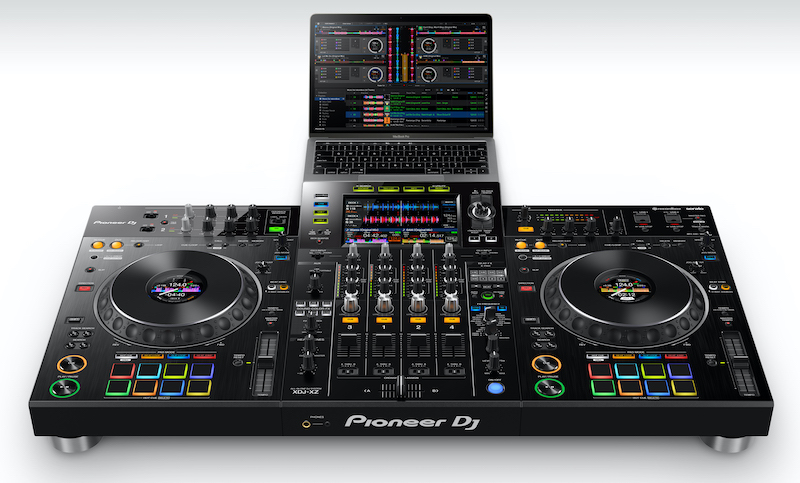
To fence that one off, then: The Prime 4 is much more powerful, with four standalone channels, a vastly superior screen, on-board track analysis and key sync (two examples of features enabled by its modern built-in CPU), and frankly is a little more practical too (the XDJ-XZ is, remember, huge…).
But the Prime 4 doesn’t feel like Pioneer gear – and for many, that’ll be the point. This looks and feels just like using club gear, and with Serato or Rekordbox, will be a dream for many DJs. In a ways, the standalone functionality is a bonus.
DJs used to playing on Pioneer club gear with USB nearly always only use two channels anyway, not least because the majority of venues only have two CDJs and CDJs don’t offer deck layering – so again, for such DJs, the XDJ-XZ will offer all they could want.
The hardest thing to swallow will probably be the underwhelming 7″ touchscreen, which as I mentioned earler does feel a little bit dwarfed on this unit. But again as mentioned earlier, many XDJ users will be used to it, and if it ain’t broke…
Just having Serato is cool (albeit not until January 2020), is also a bug plus. This, of corse, is the reason for the “X” in “XZ”, rather than “R” (Rekordbox) or “S” (Serato) – I’ll bet many people will end up calling it the “XDJ-RZ” as I did a couple of times towards the end of the video review!
Size is worth talking about. To some DJs, the size of this unit will be a bonus – it just looks “the part”. To others, it will be simply too big – it’s heavy (13kg), and impractical, especially once in a flightcase. Mobile DJs carrying around a load of gear in a trailer probably won’t care. Small venues with it permanently installed, equally. DJs wanting a powerful controller that they can travel with? No. So whether you like the size will be entirely based upon your requirements.

It’s great to see it works with Serato – as I mentioned, many will see it as the ultimate Serato DJ controller.
Being able to work with CDJs via a single Rekordbox library is smart – in fact, overall, the flexibility is a key thing here: Rekordbox (with or without laptop, or as just a library via Link), Serato, DVS, USB, standalone mixer… this is nothing if not useful to a wide variety of DJs. That’s to be commended.
Many DJs would like to have seen SD slot functionality; there is no way to add a hard drive like you can with the Denon DJ Prime 4 to make it a full “all in one” including your music collection; standalone system DJs across all brands bemoan the fact that no such systems to date offer any kind of sampler; so there are limitations.
But looking at what the XDJ-XZ can do rather than what it can’t, it’s very capable overall.
Who is it for?
Mobile DJs will love this, especially stateside, where controller size is definitely more of a “thing” than (for instance) here in Europe. It just looks the part.
Smaller venues who don’t want to install a full CDJ and DJM set-up will also be customers here: For just over $2k you get something that performs similarly to a Nexus 2 set-up costing multiples of that, and that your DJs can use whether they play laptop with Rekordsbox or Serato (and no doubt Virtual DJ, coming soon…), or would rather use USB.

And serious hobbyists who just want the “standard” look and feel for their home gear – not least because it prepares them for DJing in clubs whith similar-feeling gear – that follows a similar workflow, will find it apealing too.
Ultimately, we’d expect in the coming year or two that Pioneer DJ will update its internal technology to offer standalone systems with the kind of power we are seeing in the best such units out there, namely from Denon DJ. When the company does, this unit will instantly be dated.
But even so, there is so much legacy tech here that we’ll still expect to see XDJ-XZs in venues and homes for many years to come, perfectly serviceable and being used to bash out great sets night after night.
Technology doesn’t always have to move forward for gear to be usable, and this is one of the most generously featured, impressive and plain fun to DJ on bits of kit Pioneer DJ has ever produced. At this price, and despite its limitations, it is sure to do well.
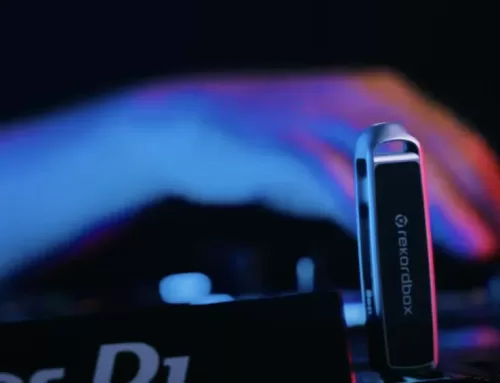
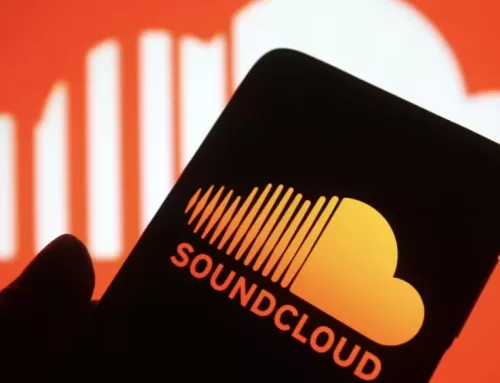

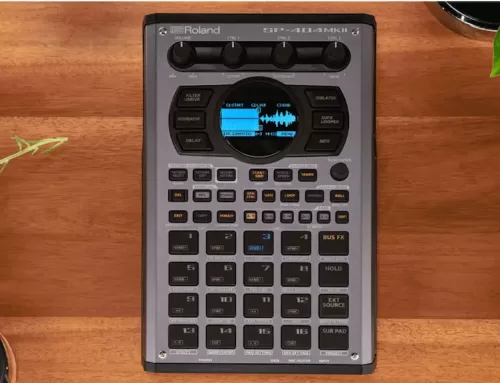
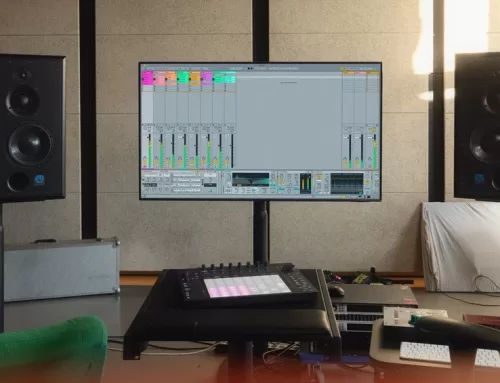
Leave A Comment
You must be logged in to post a comment.